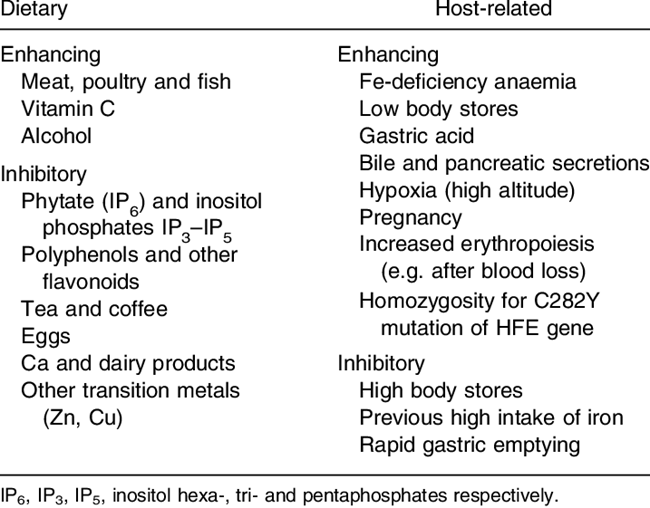A nurse is preparing to administer an oral elixir to a 3-month-old infant using an oral medication syringe. Which of the following actions should the nurse plan to take?
Measure the elixir in a medicine cup before transferring to a syringe
Place the infant supine in a crib prior to administration.
Position the syringe to the side of the infant's tongue.
Mix the medication with 10 mL of formula.
The Correct Answer is C
A. Measure the elixir in a medicine cup before transferring to a syringe:
This option involves measuring the medication using a medicine cup before transferring it to an oral medication syringe. While measuring the medication accurately is important, transferring it from a medicine cup to a syringe introduces an extra step that may increase the risk of spillage or dosage error. It's generally more efficient and accurate to directly draw the medication into the oral syringe.
B. Place the infant supine in a crib prior to administration:
Placing the infant in a supine (lying flat on the back) position in a crib prior to administering oral medication is not recommended, particularly for infants of this age. This position increases the risk of choking or aspiration, as it may cause the medication to flow toward the back of the throat rather than being swallowed properly. It's safer to administer oral medication to infants in an upright or slightly reclined position.
C. Position the syringe to the side of the infant's tongue:
This is the correct choice. Positioning the syringe to the side of the infant's tongue helps facilitate swallowing and reduces the risk of choking or aspiration. Placing the syringe toward the cheek allows the infant to more easily swallow the medication, as it minimizes the chance of the medication flowing toward the back of the throat.
D. Mix the medication with 10 mL of formula:
Mixing medication with formula is not a standard practice for administering oral medication using an oral syringe, particularly without specific instructions from the healthcare provider. Mixing medication with formula may alter the medication's effectiveness and is unnecessary for most oral medications. It's important to administer oral medication directly using an oral syringe to ensure accurate dosing and effectiveness.
Nursing Test Bank
Naxlex Comprehensive Predictor Exams
Related Questions
Correct Answer is C
Explanation
A. Administer the medication at mealtime.Ferrous sulfate is best absorbed on an empty stomach because food, especially those rich in calcium or tannins, can interfere with its absorption. Administering it with meals reduces its effectiveness.
B.While bedtime administration is not contraindicated, it is not necessary. The timing of administration should focus on maximizing absorption, typically between meals or on an empty stomach.
C. Ferrous sulfate can stain teeth if taken orally in liquid form. Using a straw minimizes contact with teeth, reducing the risk of discoloration. Parents should also be advised to encourage the child to rinse their mouth after taking the medication.
D. Dilute the medication with 240 mL of milk. Milk contains calcium, which inhibits the absorption of iron. Ferrous sulfate should not be taken with milk or dairy products to ensure optimal absorption.

Correct Answer is A
Explanation
A. Upright: This position allows for better expansion of the lungs and improved ventilation-perfusion matching, as gravity helps the diaphragm move downward and expand the lungs. It is often beneficial for patients with respiratory distress or failure.
B. Supine: While lying flat on the back (supine position) may be comfortable for some patients, it can restrict lung expansion, especially in individuals with compromised respiratory function. This position may not be ideal for maximal lung expansion in this scenario.
C. Prone: The prone position involves lying flat on the abdomen. In some cases, especially in adults with acute respiratory distress syndrome (ARDS), prone positioning has been shown to improve oxygenation by optimizing lung mechanics. However, it may not be practical or comfortable for all patients and is not typically used as a first-line intervention in school-age children with pneumonia.
D. Side-lying: While side-lying positions can sometimes improve lung expansion on the dependent side, it may not be as effective as the upright position in maximizing lung expansion, especially in cases of respiratory failure.
Whether you are a student looking to ace your exams or a practicing nurse seeking to enhance your expertise , our nursing education contents will empower you with the confidence and competence to make a difference in the lives of patients and become a respected leader in the healthcare field.
Visit Naxlex, invest in your future and unlock endless possibilities with our unparalleled nursing education contents today
Report Wrong Answer on the Current Question
Do you disagree with the answer? If yes, what is your expected answer? Explain.
Kindly be descriptive with the issue you are facing.
